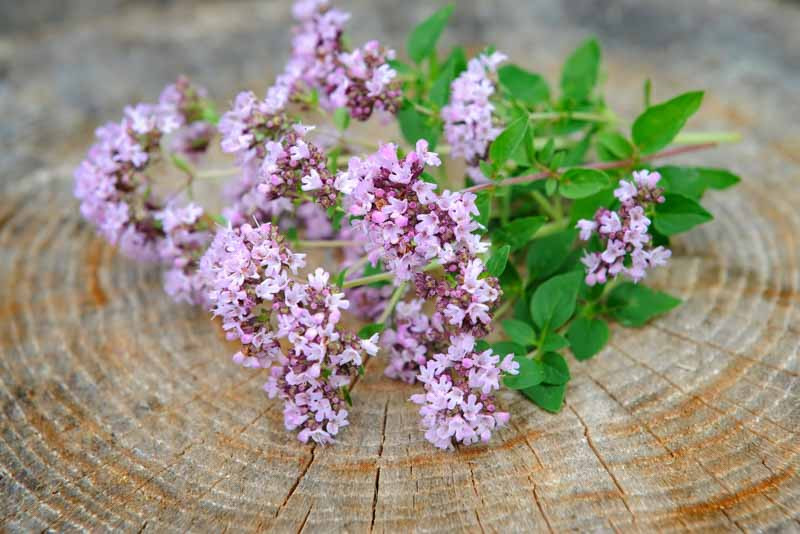Origanum
Origanum (Oregano) may be herbaceous perennials or deciduous or evergreen sub-shrubs with rose-purple or white flowers – quite decorative in some species – and aromatic foliage. Commonly used in Greek and Italian dishes, this perennial herb is great as a groundcover, edging plant or in hanging baskets. The smaller varieties do well in rock and alpine gardens. Hardy and low care, Oregano is one of the best of all plants for attracting bees, butterflies and other pollinators to your garden.

